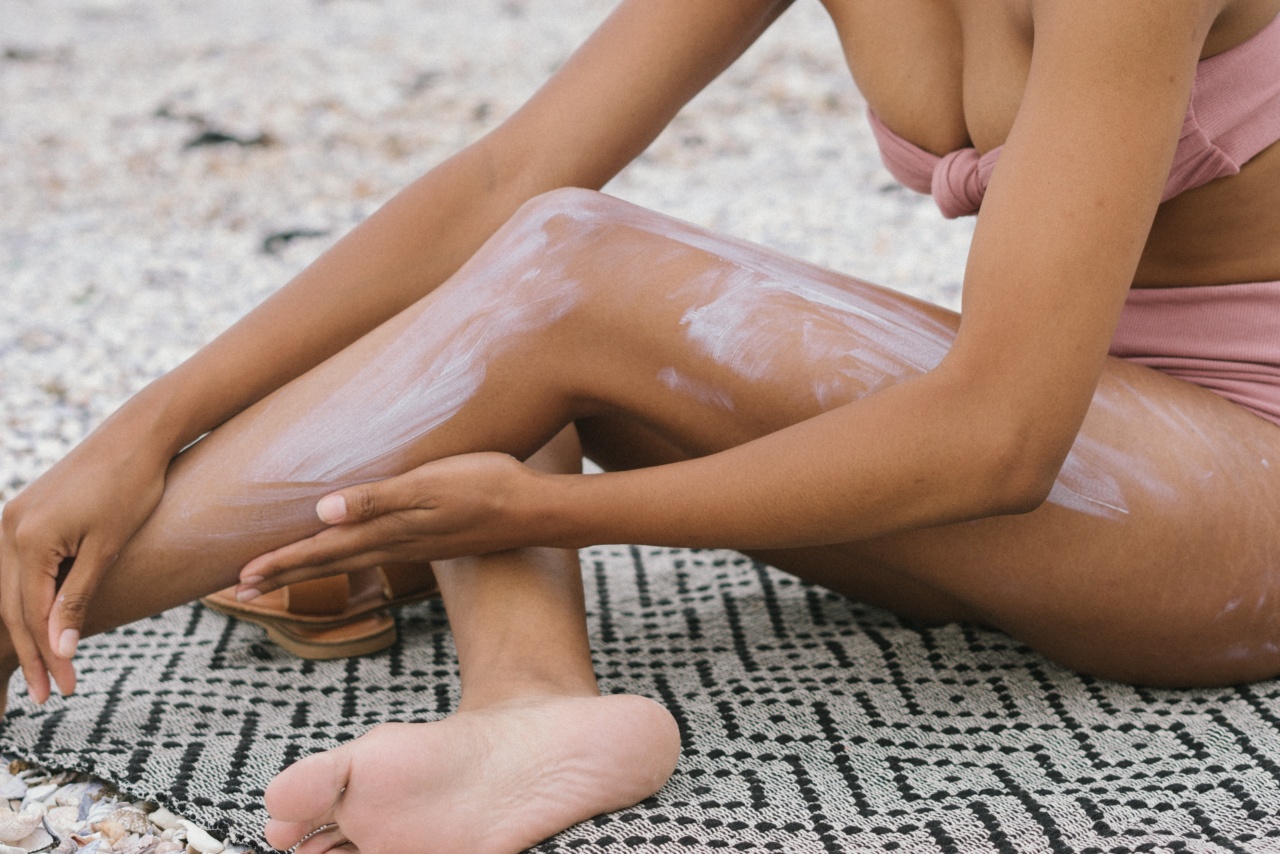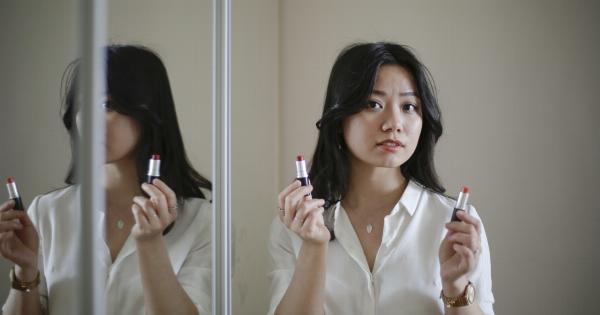With so many sunscreen brands and types available on the market, it can be overwhelming to choose the right one for your skin type.
However, selecting the right sunscreen is crucial to keep your skin protected from the harmful rays of the sun and prevent premature aging, skin cancer, and other skin-related issues.
Understanding Sun Protection Factor (SPF)
Sun Protection Factor or SPF indicates the level of protection the sunscreen provides against UVB rays, which are responsible for sunburn and skin cancer. The higher the SPF, the more protection you get.
However, the difference in protection between SPF 30 and SPF 50 is only about 1%.
The American Academy of Dermatology recommends using a broad-spectrum sunscreen with SPF 30 or higher and water-resistance for at least 40 minutes.
Kinds of Sunscreens
There are two types of sunscreen:.
Chemical Sunscreens
Chemical sunscreens contain ingredients that absorb UV radiation to prevent skin damage. These ingredients include oxybenzone, octinoxate, and avobenzone, among others. These sunscreens are lightweight, blend quickly, and provide a non-greasy finish.
Physical Sunscreens
Physical sunscreens, also known as mineral sunscreens, contain active mineral ingredients that sit on the surface of the skin to reflect UV rays. These ingredients include zinc oxide and titanium dioxide.
These sunscreens are best for sensitive skin and provide long-lasting protection, but they tend to leave a white cast on the skin.
Choosing Sunscreen for Different Skin Types
Sunscreen for Oily and Acne-Prone Skin
If you have oily or acne-prone skin, look for oil-free or non-comedogenic sunscreens that won’t clog your pores or cause breakouts. Choose light, gel-like formulas that absorb quickly and provide a matte finish.
Avoid heavy creams or lotions that can make your skin greasy and shiny.
Sunscreen for Dry Skin
Those with dry skin should opt for creamier formulas that contain moisturizing ingredients, such as hyaluronic acid, glycerin, or ceramides. These ingredients help hydrate the skin and prevent it from becoming dry and flaky.
Avoid alcohol-based or fragranced sunscreens that can further dry out your skin.
Sunscreen for Sensitive Skin
If you have sensitive skin, use physical sunscreens that contain zinc oxide or titanium dioxide as these ingredients are gentle on the skin and less likely to cause irritation.
Avoid fragranced sunscreens or those that contain chemical filters that may cause allergic reactions.
Sunscreen for Dark Skin
Those with dark skin should choose broad-spectrum sunscreens that contain a combination of physical and chemical filters that provide both UVA and UVB protection.
Dark skin is less susceptible to sunburn but more prone to hyperpigmentation and uneven skin tone caused by sun exposure.
Factors to Consider When Buying Sunscreen
Broad Spectrum Protection
Choose a sunscreen that offers broad-spectrum protection, which protects against both UVA and UVB rays. UVA rays can cause premature aging and skin cancer, while UVB rays cause sunburn and skin damage.
Water Resistance
If you plan to swim or sweat, choose a water-resistant sunscreen that can last for at least 40 minutes or more. However, it’s essential to reapply after every two hours or immediately after swimming or sweating.
Fragrance-Free
Fragrances can cause allergic reactions or irritate sensitive skin. Avoid fragranced sunscreens if you have sensitive skin or a history of allergic reactions.
Expiration Date
Check the expiration date before buying sunscreen. Sunscreen loses its potency and becomes less effective over time, so it’s essential to use fresh sunscreen to get maximum protection.
Cruelty-Free and Environmentally Friendly
Choose a sunscreen from brands that do not test on animals and do not contain ingredients that could harm the environment, such as oxybenzone, which can bleach coral reefs.
Conclusion
Choosing the right sunscreen for your skin type is essential to keep your skin safe from the sun’s harmful rays. Look for a broad-spectrum sunscreen that is water-resistant, fragrance-free, and contains skin-beneficial ingredients.
Do not forget to reapply frequently and follow other sun safety measures, such as wearing protective clothing, seeking shade, and avoiding peak sun hours.

























